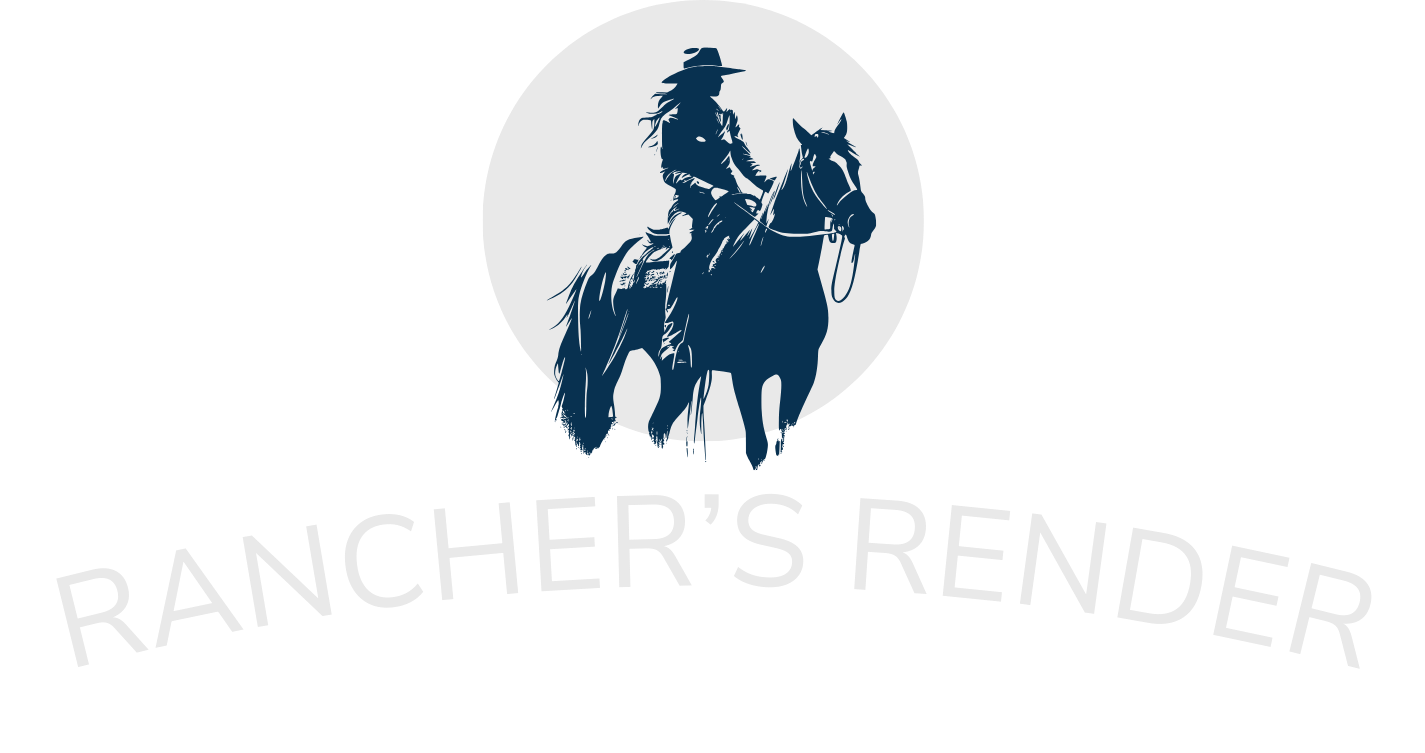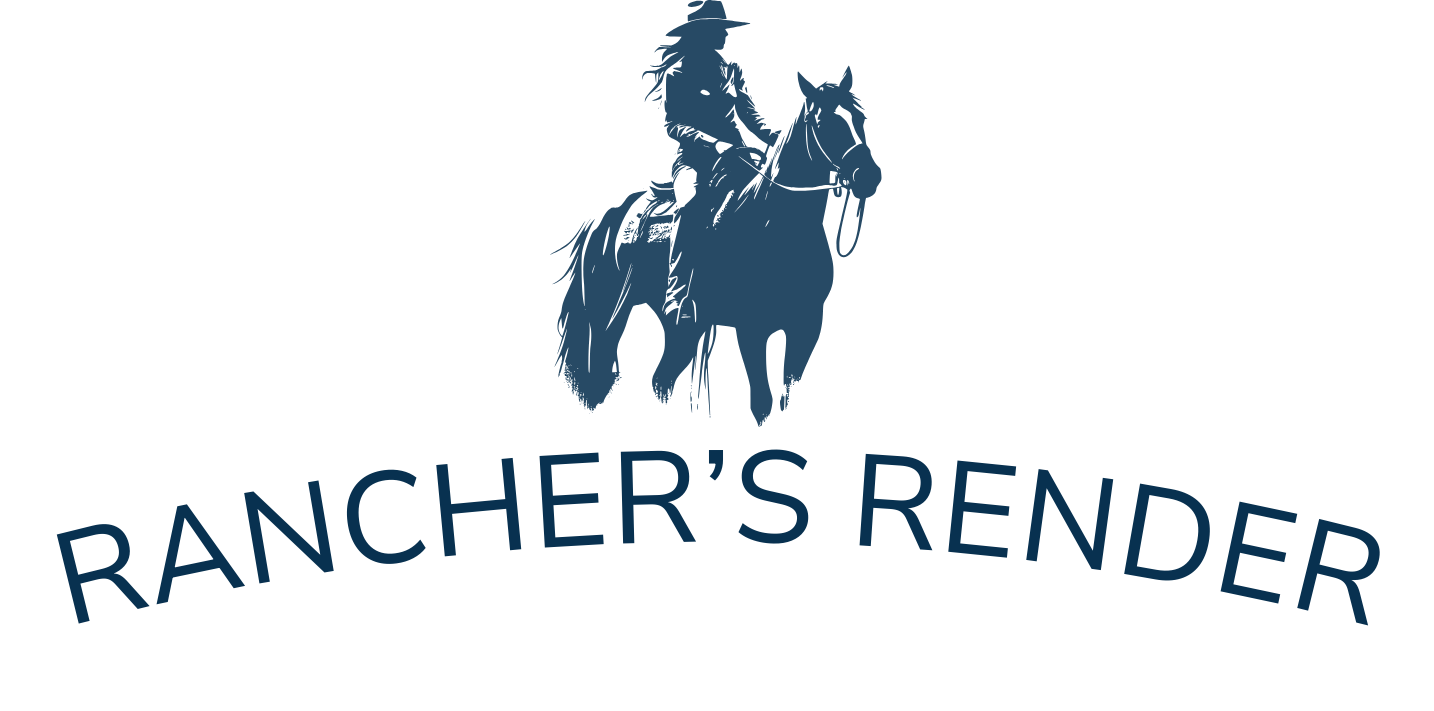What Is Suet—and Why It’s the Gold Standard
What Is Beef Suet—And Why It's the Gold Standard for Tallow
Suet is the dense, snow-white fat that cushions the kidneys of cattle. Unlike trim fat found throughout the animal, suet lives protected inside the body cavity—far from blood vessels and muscle tissue. This makes it naturally low in impurities, water, and the proteins that cause that unmistakable "beefy" smell.
When rendered properly, grass-fed beef suet produces tallow that is exceptionally clean, shelf-stable, and nearly fragrance-free. It's the difference between professional-grade skincare and kitchen experiments.
Suet vs. Trim Fat: The Comparison That Matters
| Key Trait | Pure Suet ✓ | Ordinary Trim Fat |
|---|---|---|
| Location on Animal | Only found around kidneys & loins | All fat trimmed during butchering |
| Yield per 1,200 lb Steer | 10–15 lbs | 80–120+ lbs |
| Myoglobin & Connective Tissue | Minimal | Moderate–high |
| Typical Odor After Rendering | Neutral / very mild | Noticeably "beefy" |
| Melting Point | 104–113°F | 90–104°F |
Why Suet Is So Rare (And Expensive)
Even a full-grown steer yields only a single pillow-sized mass of suet—about one percent of its live weight. After gentle rendering and moisture loss, that translates to roughly 8-12 pounds of finished tallow. That's enough for maybe 128 small jars of skincare.
This scarcity is why bakers prize suet for pastries, chefs use it for perfect roasts, and quality skincare makers compete for the same limited supply. Most tallow brands take the easy route with cheap trim fat instead.
At Beaver Brook Ranch, we raise our own cattle specifically to secure this premium suet for our skincare line.
In this video, Stefan Schoen (our Rancher) explains the difference between Trim Fat vs. Suet, and why it matters when making tallow.
The Science Behind Our "No Beefy Smell" Promise
Here's what creates that distinctive beef smell: when myoglobin and water-soluble proteins break down during heating, they release those unmistakable meaty aromas. Pure suet contains almost none of those compounds, so the smell simply never develops.
We render our grass-fed beef suet at a controlled 220°F and triple-filter it through progressively finer screens—ensuring naturally odorless tallow without chemical deodorizing or masking ingredients.
Want proof? Check the labels of popular "unscented" tallow brands. You'll often see 4-5 ingredients used to mask the smell of improper rendering or failure to use pure suet. Our Pure Tallow Balm has exactly one ingredient.
Why Grass-Fed Suet Delivers Superior Nutrition
The nutritional profile of suet directly reflects how cattle are raised. Our grass-fed, grass-finished cattle produce suet that's significantly richer in beneficial compounds compared to grain-fed alternatives:
- Up to 4x more omega-3 fatty acids for anti-inflammatory benefits
- Higher conjugated linoleic acid (CLA) content for skin health
- Enhanced fat-soluble vitamins A, D, E & K from nutrient-dense pasture grasses
- Healthier omega-6 to omega-3 ratio (3:1 vs. 20:1 in grain-fed)
- Independent lab testing confirms these nutritional advantages in every batch of our beef suet tallow.
From Our Pasture to Your Puck: Zero-Waste Philosophy
Suet is a natural byproduct of our butchering process, but on our 600-acre New Jersey ranch, nothing goes to waste. The same rotational-grazing program that regenerates our soils also supplies the pure suet we render into skincare.
Each batch is traced to specific herds, pasture blocks, and seasons—creating complete transparency from land to jar. When you buy our whipped tallow cream, you're supporting regenerative agriculture and getting skincare with an actual story.
Why Suet-Based Tallow Outperforms in Skincare
- Superior barrier repair: Stearic and palmitic acids naturally mirror human sebum, sealing moisture into micro-cracks
- Long-lasting hydration: Higher melting point releases nutrients slowly without greasy residue
- Vitamin preservation: Gentle rendering maintains vitamins A, D, E & K for skin resilience
- Sensitivity-safe: No preservatives, synthetic fragrances, or oxidized fats that trigger irritation
Common Questions About Beef Suet
Is all tallow the same quality?
Absolutely not. Trim-fat tallow works fine for candles or soap, but its odor and instability make it poor for leave-on skincare. Pure suet tallow is the premium choice.
Do you use chemicals to remove odor?
Never. Our nearly odorless tallow is the natural result of starting with pure suet and rendering it gently at controlled temperatures.
Odorless vs. Unscented: Know the Difference
We often describe our suet-based tallow as "odorless," but technically no natural fat is completely scent-free. What we mean is that the unmistakable "beefy" note found in trim-fat tallow is absent.
Thanks to suet's low myoglobin content and our slow, low-temperature rendering, any remaining aroma is subtle—think warm candle wax with faint nutty sweetness. Most people stop noticing it within seconds of application.
"Unscented" simply means we add zero essential oils or perfumes. Our unscented whipped tallow cream contains exactly what left our rendering kettle: pure, filtered suet tallow.
Because our base is already nearly odor-neutral, unscented products stay truly neutral throughout their shelf life—perfect for sensitive skin or layering under your favorite fragrance.
Can I buy raw suet to render at home?
If you process your own grass-fed beef, yes. Otherwise, pure suet can be extremely difficult to source. Since we raise our own cattle, we control the entire supply chain from pasture to product.
The Bottom Line on Beef Suet
Suet is rare, nutrient-dense, and virtually odor-free—qualities that ordinary trim fat simply cannot match. By using only suet from our own grass-fed herd, Rancher's Render delivers tallow skincare as pure as our New Jersey pastures.
Most brands cut corners with cheap trim fat and cover the smell with additives. We do the hard work of raising premium cattle to secure the best possible starting material.
Share




